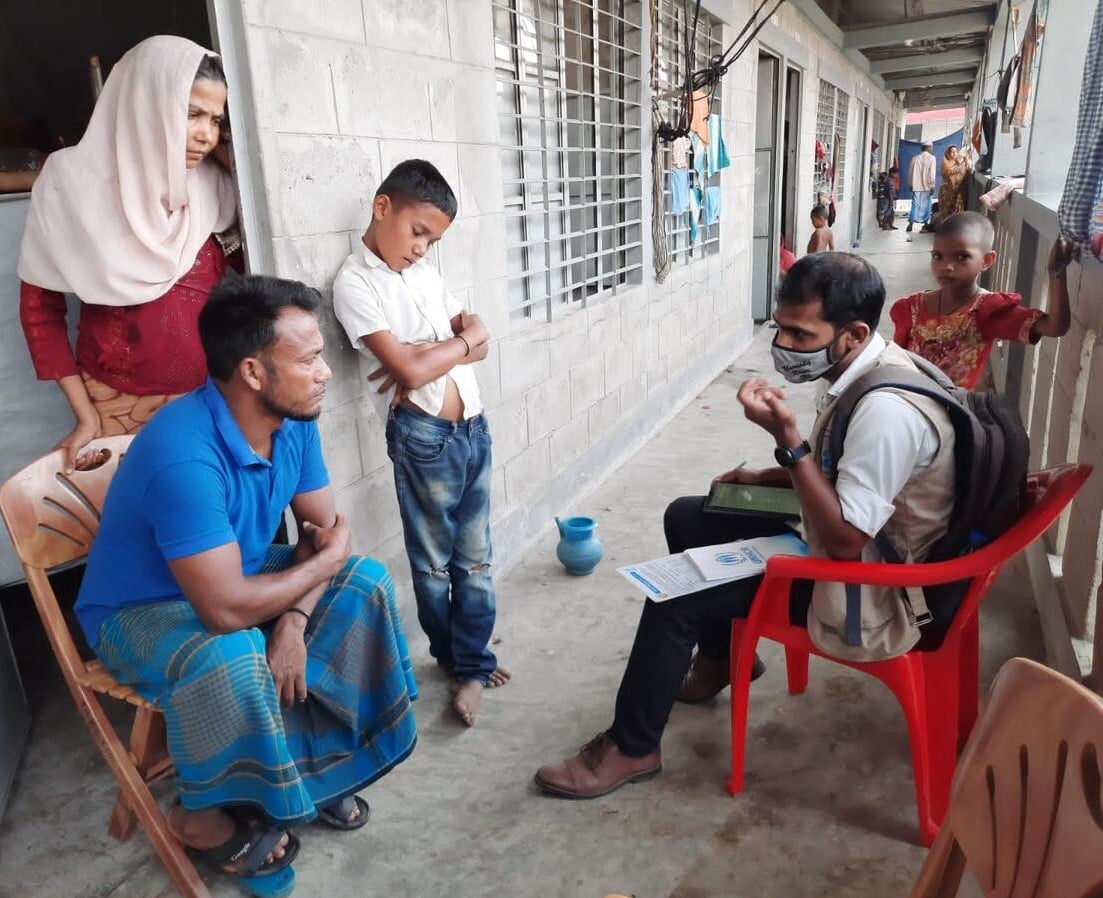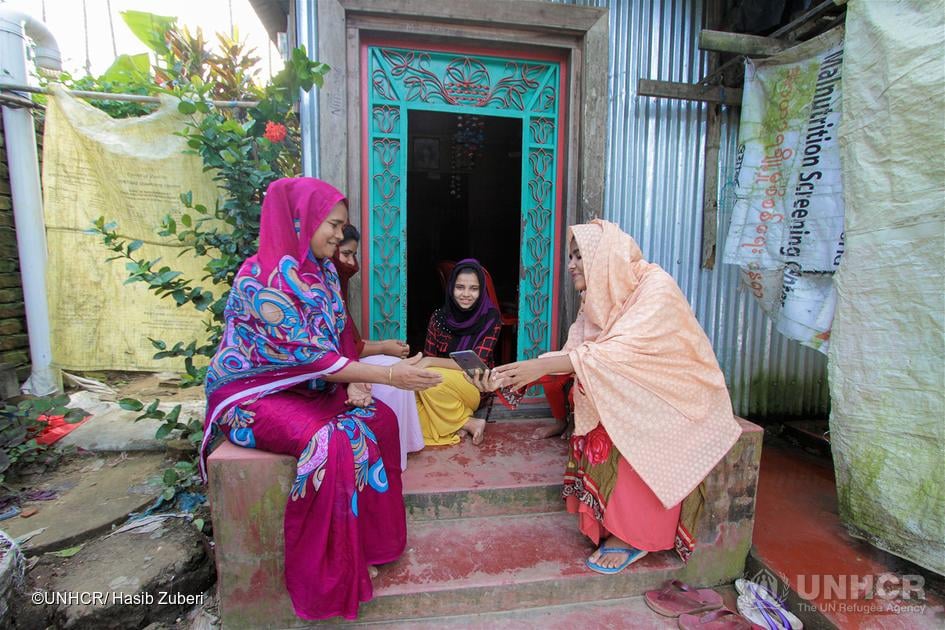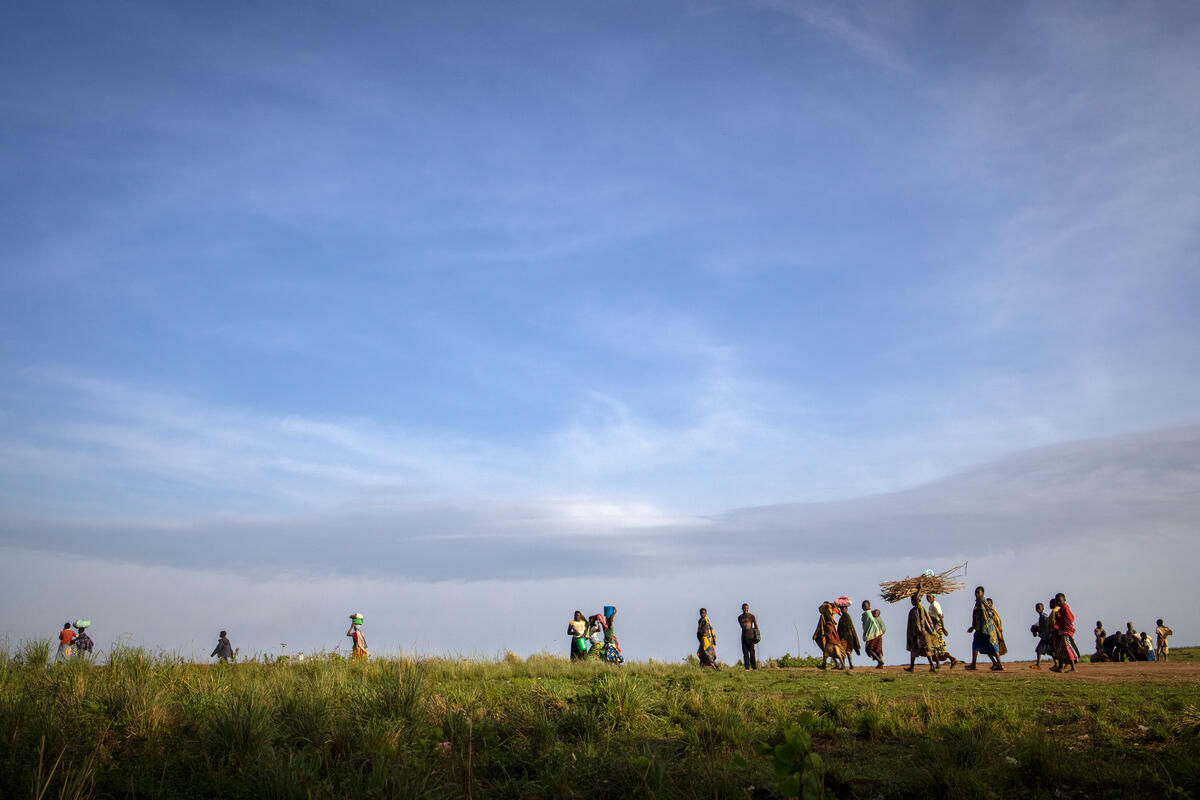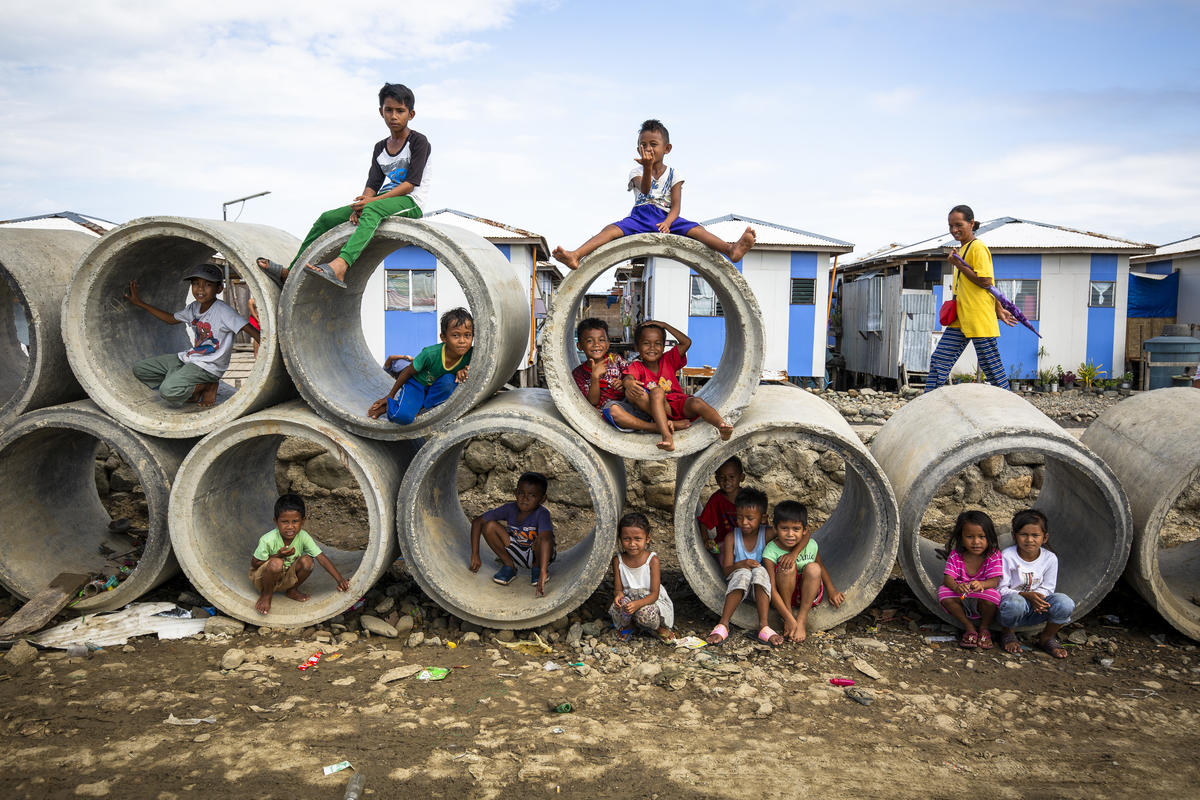البيانات والتحليل
البيانات والتحليل
تُعد البيانات الجديدة من متطلبات اتخاذ القرار الجيد.
تعمل المفوضية وشركاؤها على توسيع نطاق توافر وجودة البيانات المتعلقة باللاجئين والمجتمعات المضيفة لهم، وذلك للمساعدة في دعم الاستهداف الفعال لموارد المساعدات والبرامج والسياسات القائمة على الأدلة.
تعمل المفوضية وشركاؤها على توسيع نطاق توافر وجودة البيانات المتعلقة باللاجئين والمجتمعات المضيفة لهم، وذلك للمساعدة في دعم الاستهداف الفعال لموارد المساعدات والبرامج والسياسات القائمة على الأدلة.

©
تعتبر البيانات الموثوقة أمراً أساسياً من أجل تخطيط الحلول ومراقبتها بهدف تخفيف الظروف القاسية التي يواجهها السكان النازحون قسراً، وتمكينهم من الصمود من الناحية الاقتصادية، والارتقاء بالمجتمعات المضيفة التي تعيش بالقرب منهم.
تهدف المفوضية وشركاؤها إلى:
- ضمان جمع وتحليل البيانات السكانية والاجتماعية والاقتصادية بشكل منهجي.
- تسهيل سبل الوصول المفتوح إلى البيانات المتعلقة بالنزوح القسري مع ضمان سلامة إطار الحماية القانونية.
- تشجيع الابتكارات لتعزيز البيانات حول النزوح القسري من خلال صور الأقمار الصناعية، والهواتف المحمولة، وغيرها من التقنيات الجديدة.
- تعزيز النظام العالمي لجمع البيانات، ووضع معايير وتعاريف ومنهجيات مشتركة، ودعم الجهود الرامية إلى تحصين الأنظمة داخل البلدان حيثما كان ذلك ضرورياً.
تشمل المبادرات الرئيسية في هذا المجال ما يلي:
- إدراج النازحين قسراً في المسوحات الوطنية لقياس مستوى الفقر.
- إجراء نسخ من المسوحات الوطنية بدرجة أقل كجزء من عمليات "بروغريس" للتحقق التي تقوم بها المفوضية.
- تعزيز قدرة سجلات المفوضية على جمع بيانات اجتماعية واقتصادية ذات جدوى أكبر.
- رصد تأثير برامج سبل العيش من خلال نظام معلومات سبل العيش المتكامل للاجئين والنازحين قسراً التابع للمفوضية.
الأبحاث والسياسات
الأبحاث والسياسات
ترأب المفوضية الفجوات في البيانات والأبحاث وإيجازات السياسات الاجتماعية الاقتصادية المتعلقة باللاجئين من خلال الاستبيانات واستخدام البيانات الموجودة.
Left
Center
مركز البيانات المشترك بشأن النزوح القسري
مركز البيانات المشترك بشأن النزوح القسري
نعمل لتحسين قدرة الجهات المعنية على اتخاذ القرارات القائمة على الأدلة في الوقت المناسب لتحسين حياة الأشخاص المتأثرين بالنزوح القسري.
Left
Center
قسم البيانات العالمي
قسم البيانات العالمي
نستخدم البيانات والإحصائيات في عملنا، مما يساعدنا في المعلومات الضرورية لإنقاذ الأرواح وتوفير الحماية وتحسين مستوى المعيشة.
Left
Center
جمع الأدلة المتعلقة بالنزوح القسري
جمع الأدلة المتعلقة بالنزوح القسري
يهدف هذا البرنامج البحثي المشترك للمساهمة في توسيع نطاق الأبحاث ذات الجودة العالية والمتعلقة بالسياسات بشأن النزوح القسري.
Left
Center





